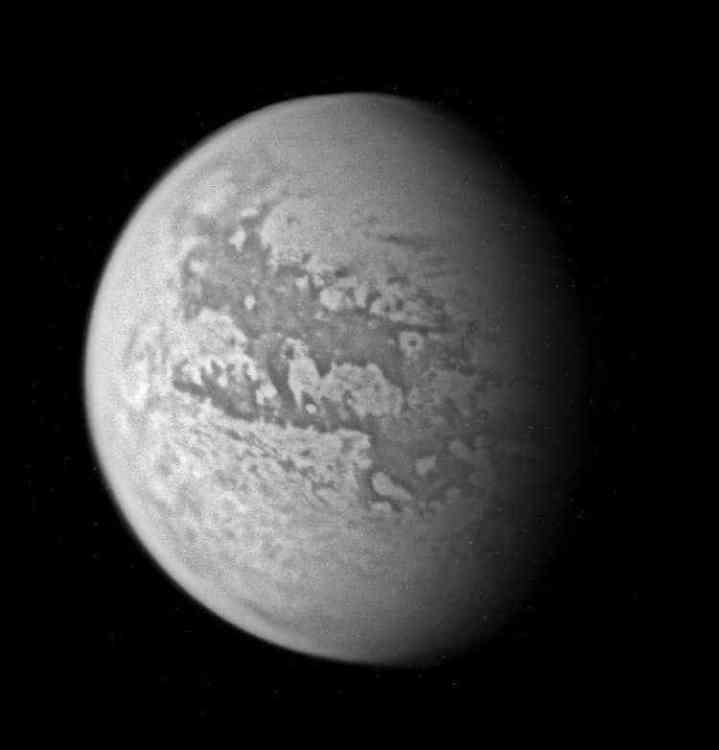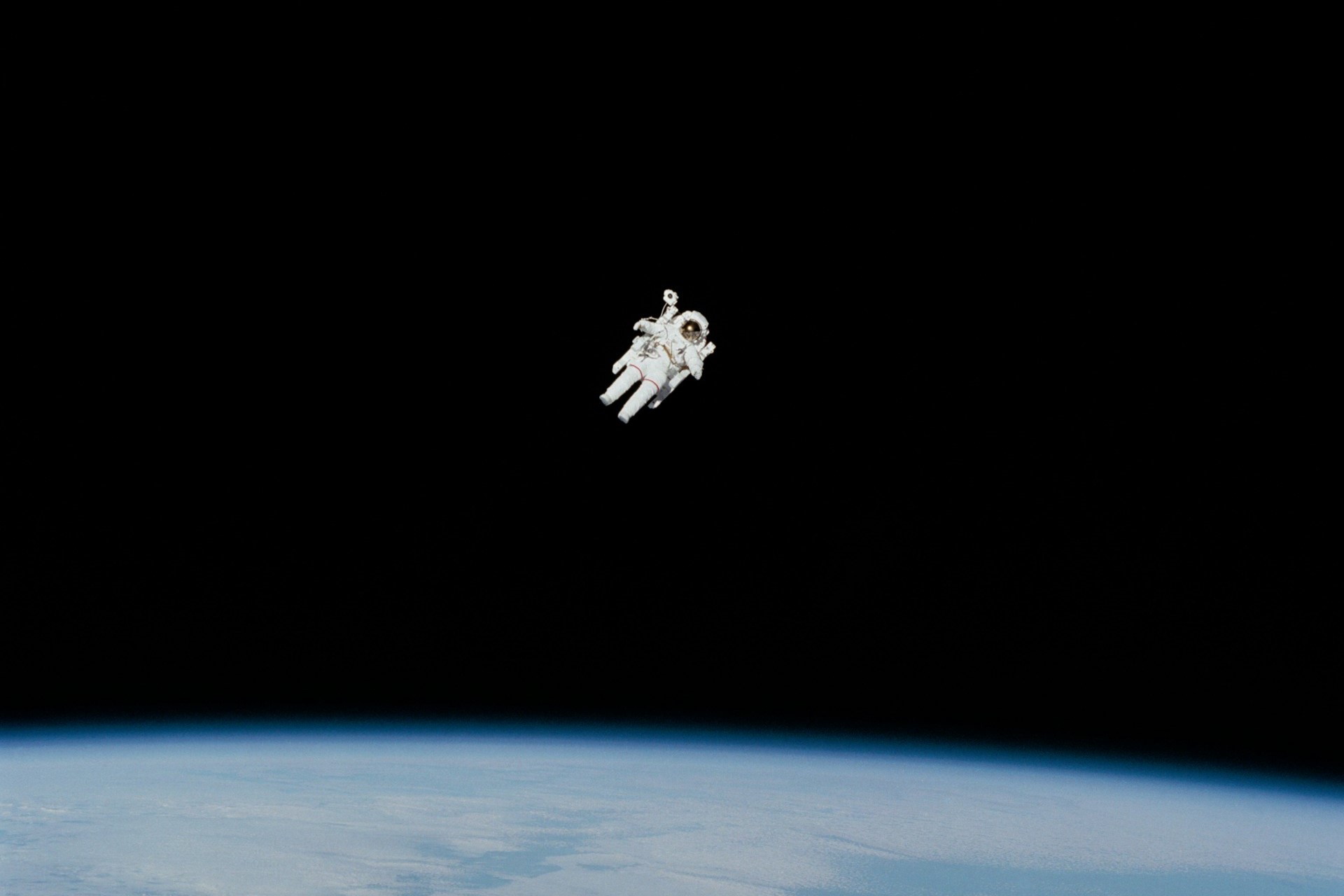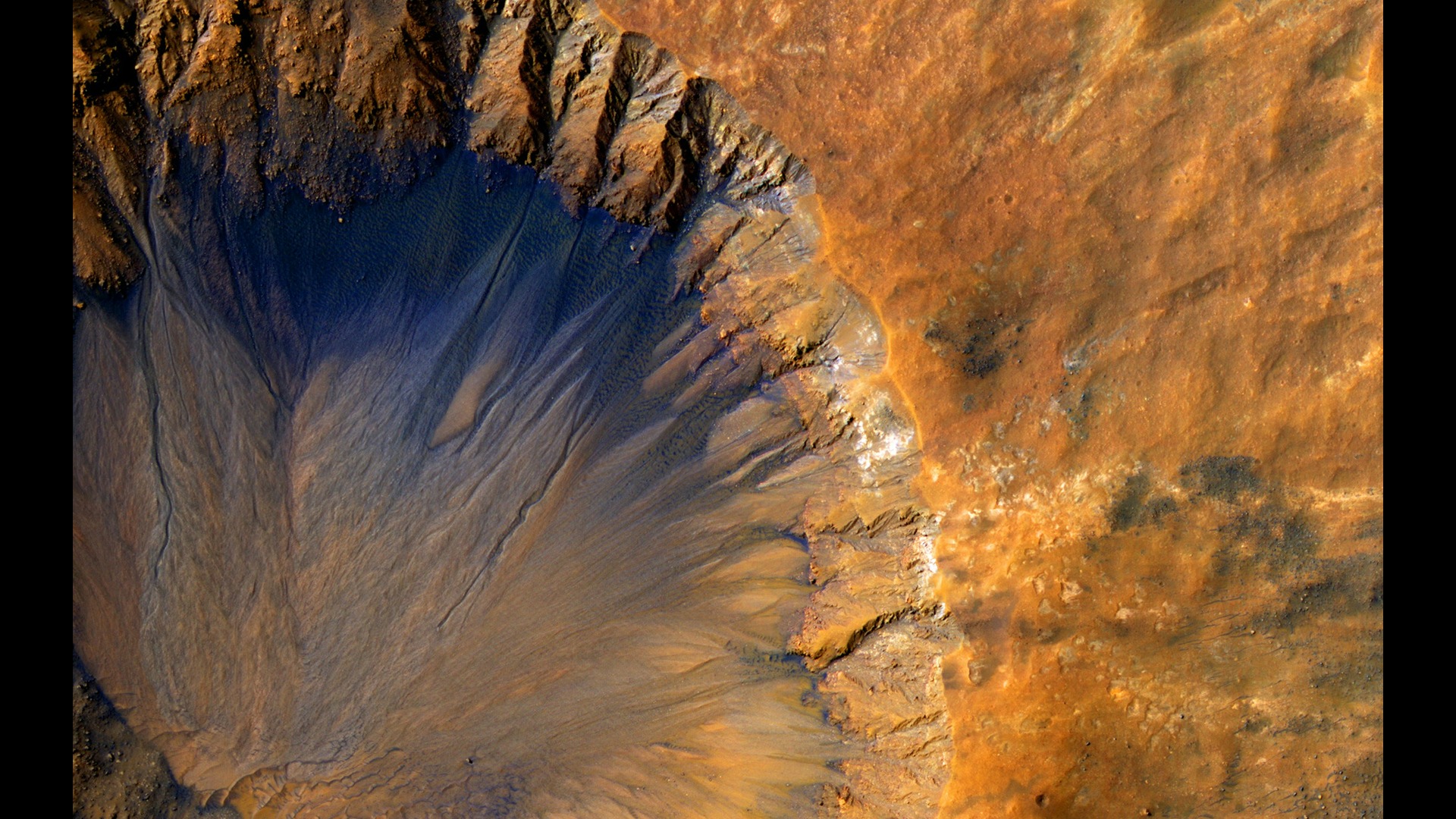
Did Scientists Just Find a Clue to Alien Life on Titan?
August 8, 2017 - Emily Newton
Revolutionized is reader-supported. When you buy through links on our site, we may earn an affiliate commission. Learn more here.
There are a few limits to the human imagination. For one thing, we tend to imagine that alien life would be somewhat humanoid, despite having no evidence for the idea. So it should come as no surprise that a compound that is toxic to life on Earth could be one of the building blocks for life in other parts of the universe. In this case, the compound is vinyl cyanide, also known as acrylonitrile. It’s a hydrocarbon, like those found in the vast oceans on Titan and in most petroleum products on Earth. Here, it’s more harmful than good. It’s toxic to people in small doses and is dangerous to marine life. But on Titan, things could be drastically different.
Vinyl Cyanide on Titan
Titan is one of Saturn’s many moons. It was interesting to astronomers because it’s the largest moon, about the size of Mercury. When Cassini reached Saturn, it was set up to study both the gas giant and the moon to get a closer look. It also sent a probe to Titan’s surface, named Huygens, which helped to rewrite what we know about the moon.
We learned that the seas on Titan are filled with vast amounts of liquid hydrocarbon. Hydrocarbon refers to compounds made of hydrogen and carbon. It might not be an original name, but it does make it easy to remember! On Earth, that doesn’t mean much. But computer simulations have indicated that on Titan, some of these hydrocarbons could be the building blocks of life. The first suspect is, of course, vinyl cyanide.
Life on Other Planets
We don’t have much to go on as to what life on another planet would look like. We only have the basic definition of what life is on Earth, and even here, such a binary system doesn’t always work. But once scientists discovered that Titan had oceans at all, excitement struck. These vast bodies of liquid may be methane and ethane instead of water, but the moon does seem to hold some similarities to the only other place in the known universe where life has formed.
The way Titan looks may be due, in large part, to processes similar to those on Earth – rainfall, evaporation, and erosion.
One of the papers indicated that the compound could self-assemble into structures similar to cell walls and vesicles, called azotosomes. These would be some of the first components in the process of creating life.
Will Life Form on Titan?
This isn’t to say that we’ve found life, exactly. With the moon being so young, it’s entirely possible that life hasn’t had a chance to get started, or that it never will. Although Cassini was responsible for the initial detection of vinyl cyanide, it wasn’t confirmed until it was collected and assembled thanks to ALMA – the Atacama Large Millimeter/submillimeter Array stationed in Chile.
ALMA is an extensive collection of telescopes that combine into one. By using spectroscopy, which studies an object’s light dispersion patterns, scientists have been able to confirm the existence of acrylonitrile.
According to the paper published in Science Advances, one sea on Titan contains enough dissolved vinyl cyanide to form 107 cell membranes per cubed centimeter. That’s an outrageous amount! The point of having the capacity to develop cell membranes is that it allows reactions to be concentrated and confined to one area. This is a crucial step for life to form. Without that limited space, the vastness of the sea dilutes the reactions. This would be the first initial step to developing life.
If the reactions take place in a confined space, they can start to compete and adapt. That would, eventually, lead them to meet some of the requirements we have for life. Although, it’s difficult to say if what we consider life on Earth would apply to any other planet.
Replicating Titan’s Conditions
Of course, this information is currently based on computer models. The next step would be to try and replicate those conditions in a lab, but that presents some challenges. The reason methane and ethane are liquid on Titan is that the planet’s temperature stays around negative 290 degrees Fahrenheit. Factor in that both methane, ethane, and vinyl cyanide are deadly to people, and you can see why it might be hard to work on. There’s only so much you can do to pretend you’re on another planet when you live on Earth, after all.
But that doesn’t mean that no one will try. It’s hard, of course, but scientists love a challenge! If we don’t confine ourselves to Earth, the next step would be to send another spacecraft diving towards the moon. If the Deep Space Gateway launches in the next few years, missions like that might just get a little easier.
Featured Image Credit: NASA | JPL | Space Science Institute
Revolutionized is reader-supported. When you buy through links on our site, we may earn an affiliate commission. Learn more here.
Author
Emily Newton
Emily Newton is a technology and industrial journalist and the Editor in Chief of Revolutionized. She manages the sites publishing schedule, SEO optimization and content strategy. Emily enjoys writing and researching articles about how technology is changing every industry. When she isn't working, Emily enjoys playing video games or curling up with a good book.







